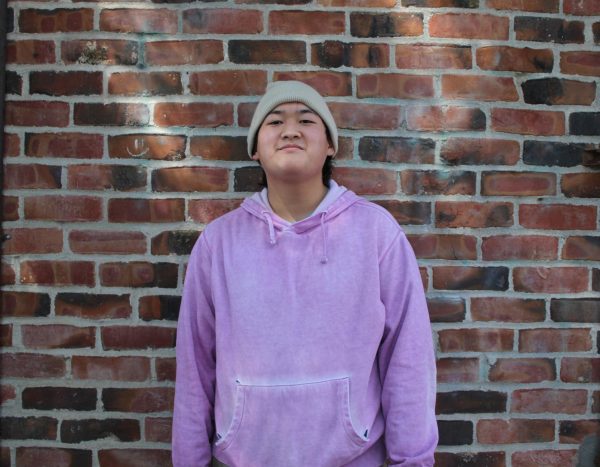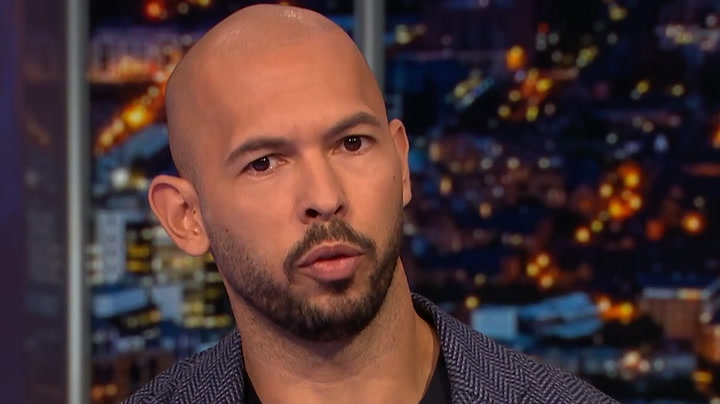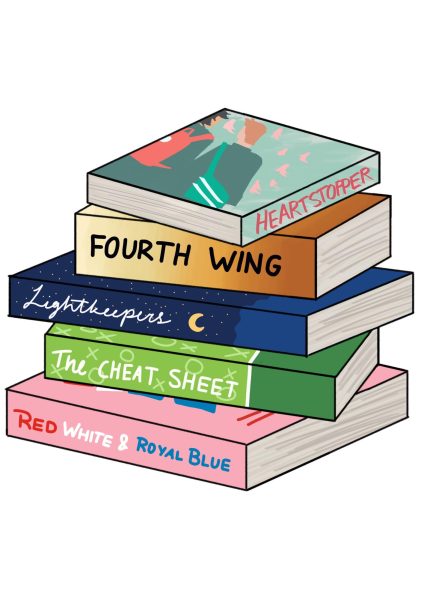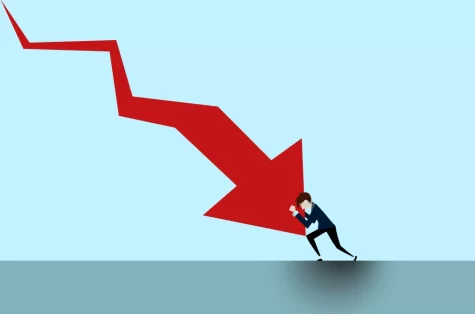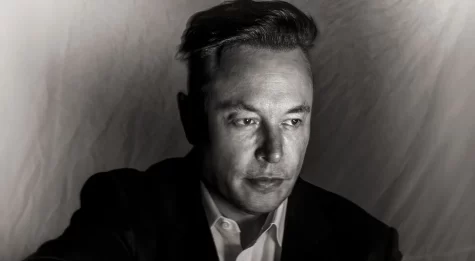The right wing is taking over YouTube Shorts
The sociological advancements in media have been focused on getting a consumer’s attention using short-form media, but as this gets more and more popular, extremist views have become rampant on platforms supporting this format. According to the Anti-Defamation League, one in 10 YouTube users will be exposed to an extremist video containing discrimination ranging from transphobia to antisemitism, recommended to them through YouTube’s video-sharing algorithm. When YouTube Shorts was introduced to the platform on March 18, 2021, it would not take long for the same thing to happen.
Using the 30-second time limit to their advantage, conservative influencers use this platform as a pathway to garner followers online. Infamous podcaster, Andrew Tate, has countless interview clips posted on YouTube, despite being banned. In his videos, he expresses his conservative views on romantic relationships, masculinity and the LGBTQIA+ community. A majority of his beliefs featured in these shorts are misogynistic, discriminatory and immensely homophobic.
Tate’s videos rely on one-liners and gotcha moments with lines like “Don’t touch the kids!” and “Men are weak because of people like you!” These attention-grabbing quotes, devoid of context, perform extremely well on short-form media. Tate faces high amounts of engagement with average viewers who take things at face value,. His most popular clips have received over 14 million views, with the like count usually ranging in the hundreds of thousands and comments in the tens of thousands. This engagement makes his clips incentivized by the algorithm, meaning that his videos will spread much further without direct intervention by YouTube.
The exploitation of the short video format by right-wing users is also exemplified by the now-banned Tik-Tok user “ShaneyyRicch.” His videos regularly had viewer counts in the millions; wearing the “Let’s Go Brandon” shirt, he asked random people which one they would prefer to have in America, “Trans Rights or Lower Gas Prices?” with some variations replacing the “Trans Rights” with “Women’s Rights.” In these short videos, the interviewer creates an irrational dilemma between the rights of real people to a relative economic burden. This false binary pits hypothetical poor people — those most affected by higher gas prices — against hypothetical trans people, instead of placing the blame on the business owners responsible for high gas prices. Even with his ban from the platform, right-wing channels repost his deleted videos and copycat interviewers will ask the same questions to provoke the same reaction.
In short-form media like YouTube Shorts, right-wing views can propagate through the minds of the average viewer. The types of right-wing engagement shown in those two examples are meant to manipulate viewers into having an automatic gut reaction to any political topic they view with any slight discomfort, instead of rational and critical thinking. If YouTube does not step up its moderation of right-wing users and discriminatory views on its platform, YouTube Shorts will become nothing more than a propaganda chute of hatred and extremist views.
